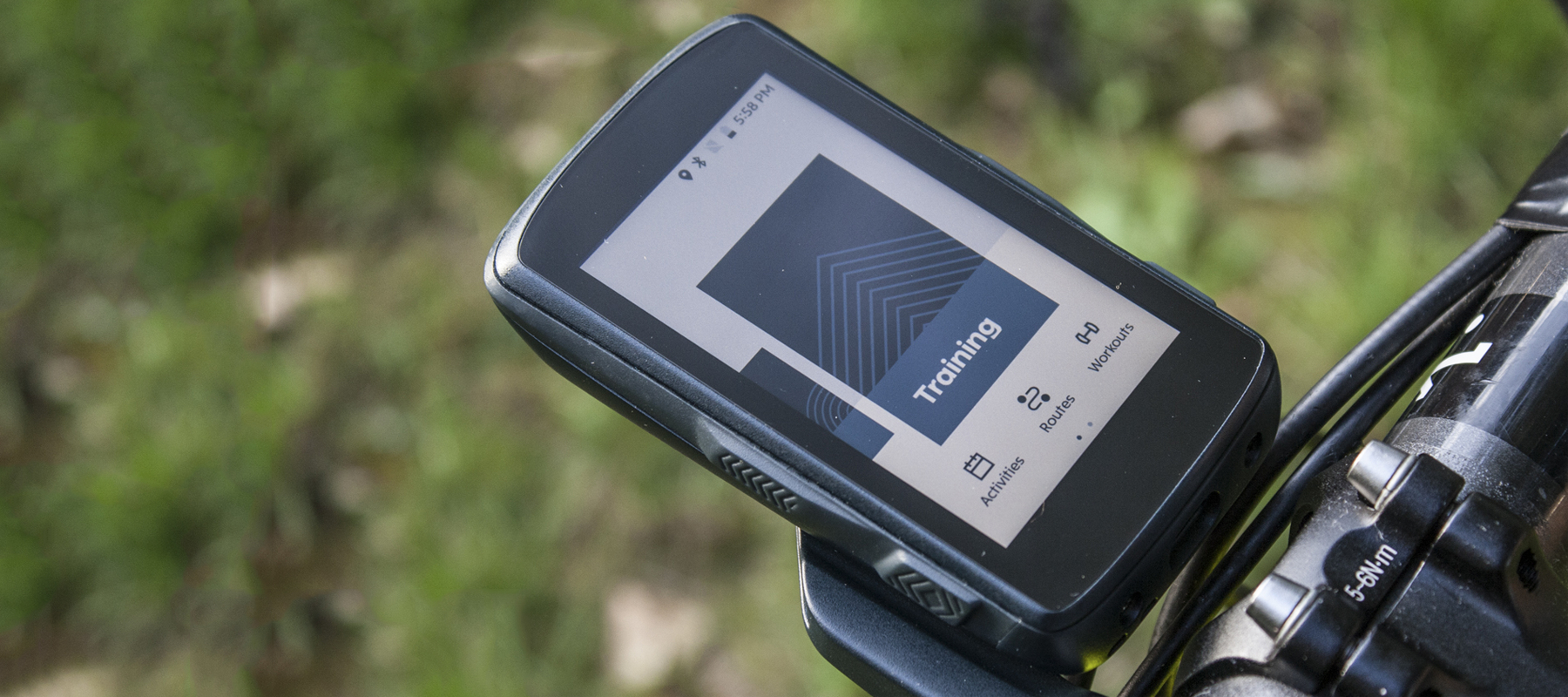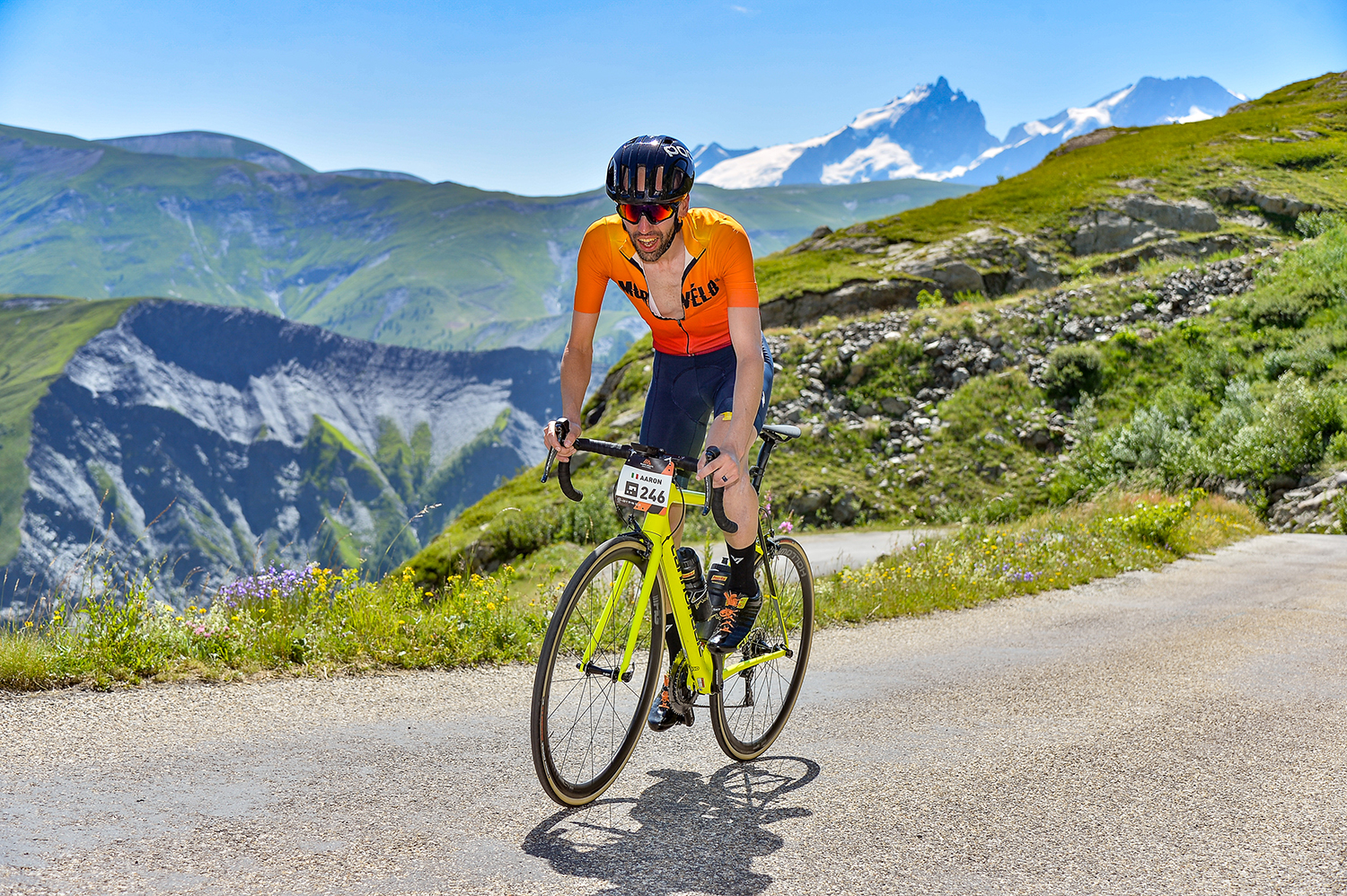Cyclingnews Verdict
With the best screen and navigational metrics in the game, the Hammerhead Karoo 2 brings a premium experience to a broader audience
Pros
- +
Unrivalled touchscreen responsiveness
- +
Impressive screen clarity
- +
Stellar navigational prompts
- +
Weight more in line with rivals
Cons
- -
10-hour battery is well beaten by its rivals
You can trust Cyclingnews
We reviewed the Hammerhead Karoo 1 cycling computer back in 2019 and came away feeling impressed by what it offered users in terms of a holistic cycling computer experience. As one of our recommendations in our best cycling computers buyer's guide, it hit all the markers when it came to its high-definition screen, intuitive functionality, advanced mapping and GPS capabilities but was ultimately let down by the market's propensity for smaller, slimmer units.
It appears as though the company took all criticisms to heart and has redefined the concept altogether with its latest offering. According to the brand, the Hammerhead Karoo 2 is the 'most powerful cycling computer on the market'. The new model is lighter, smaller, and more premium-looking than its predecessor but it's also jam-packed with an impressive feature set and class-leading screen resolution.
These attributes caught the attention of WorldTour outfit, Israel Start-Up Nation, who are now using the Hammerhead Karoo 2 to track all performance metrics. The team has been deeply involved with the development which has been an ongoing process, providing real-world feedback to keep improving the user experience.
In a segment spearheaded by two main players; Garmin and Wahoo, can the Hammerhead Karoo 2 make any inroads in this hotly contested space?
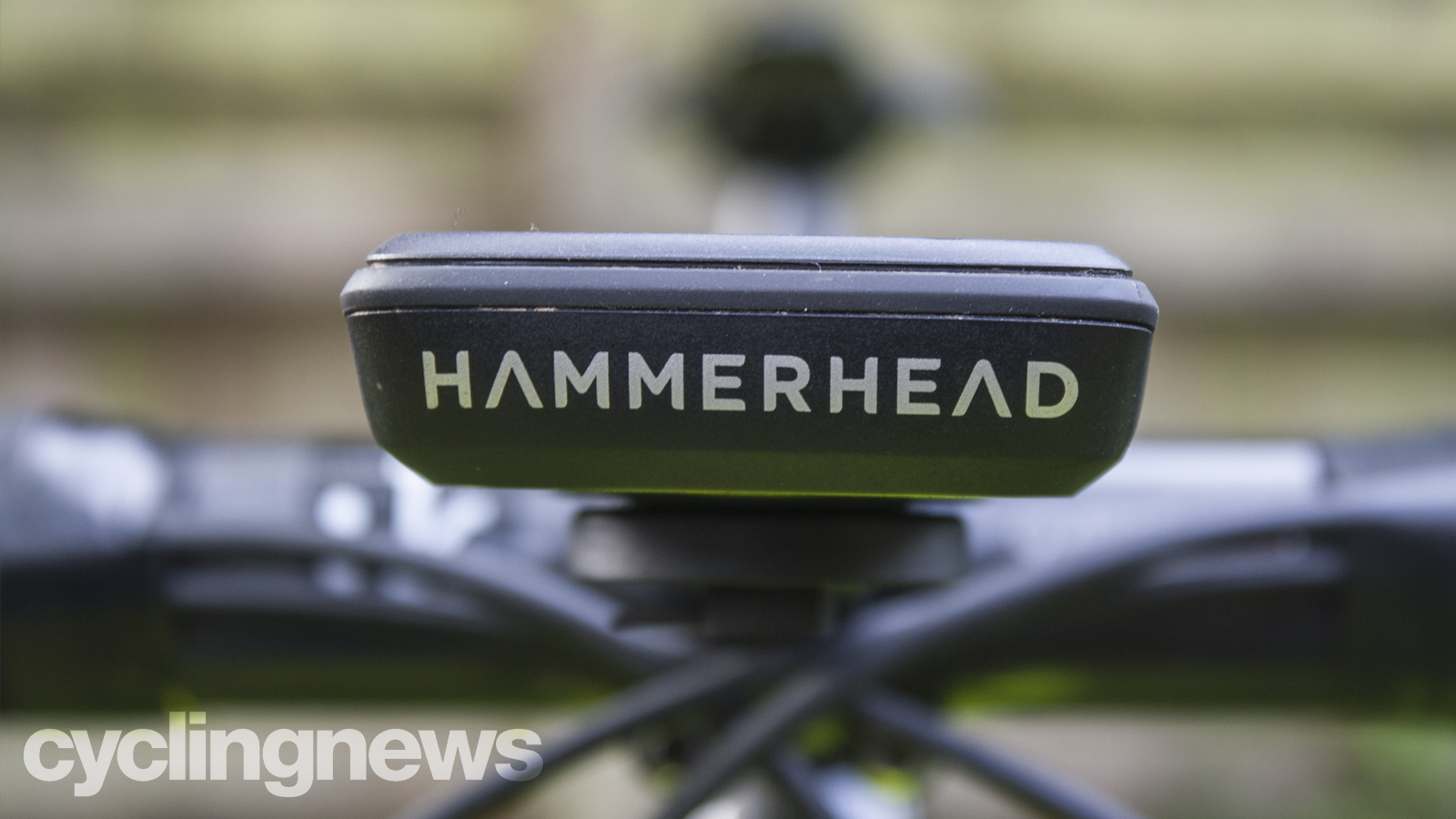
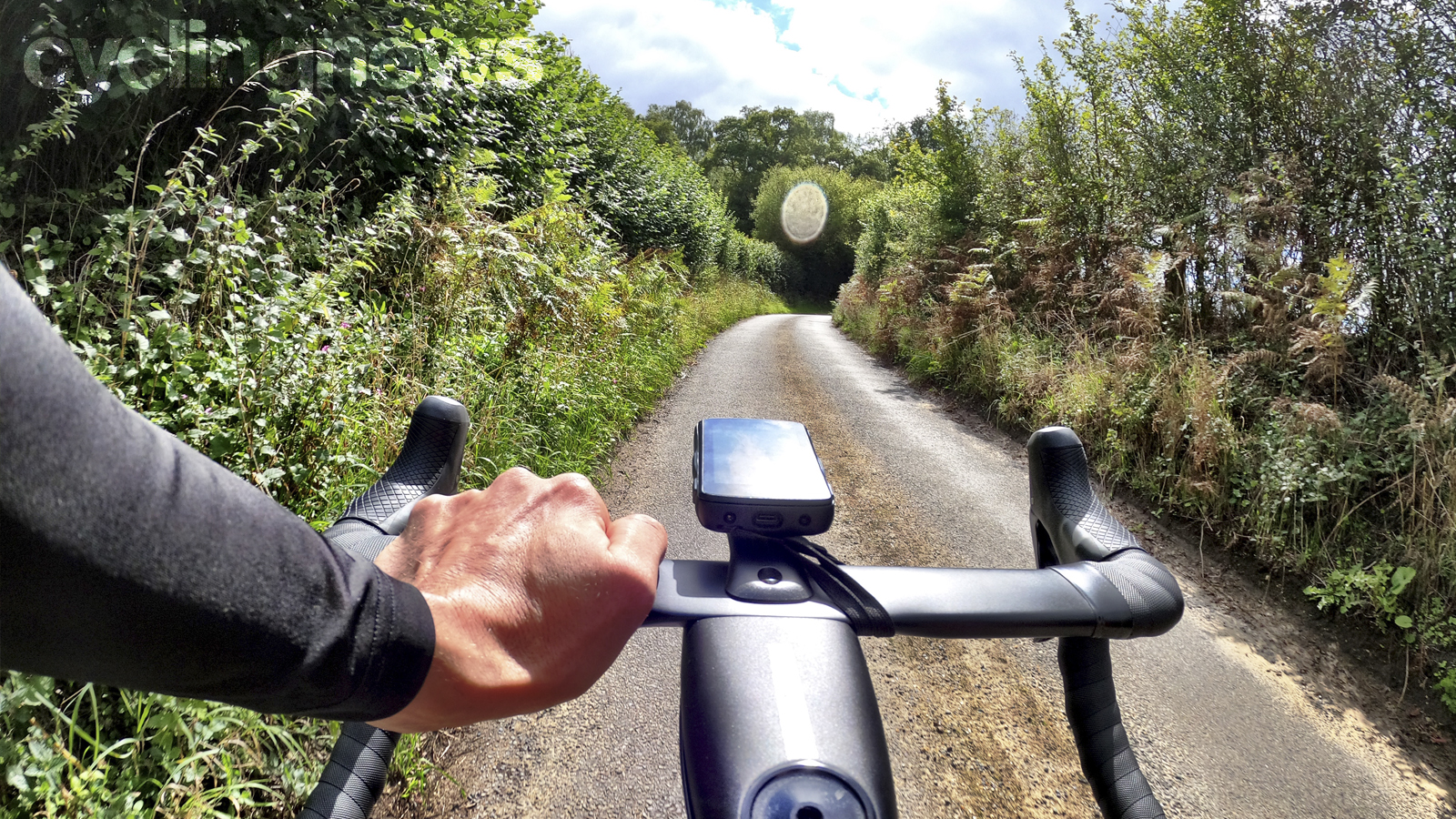
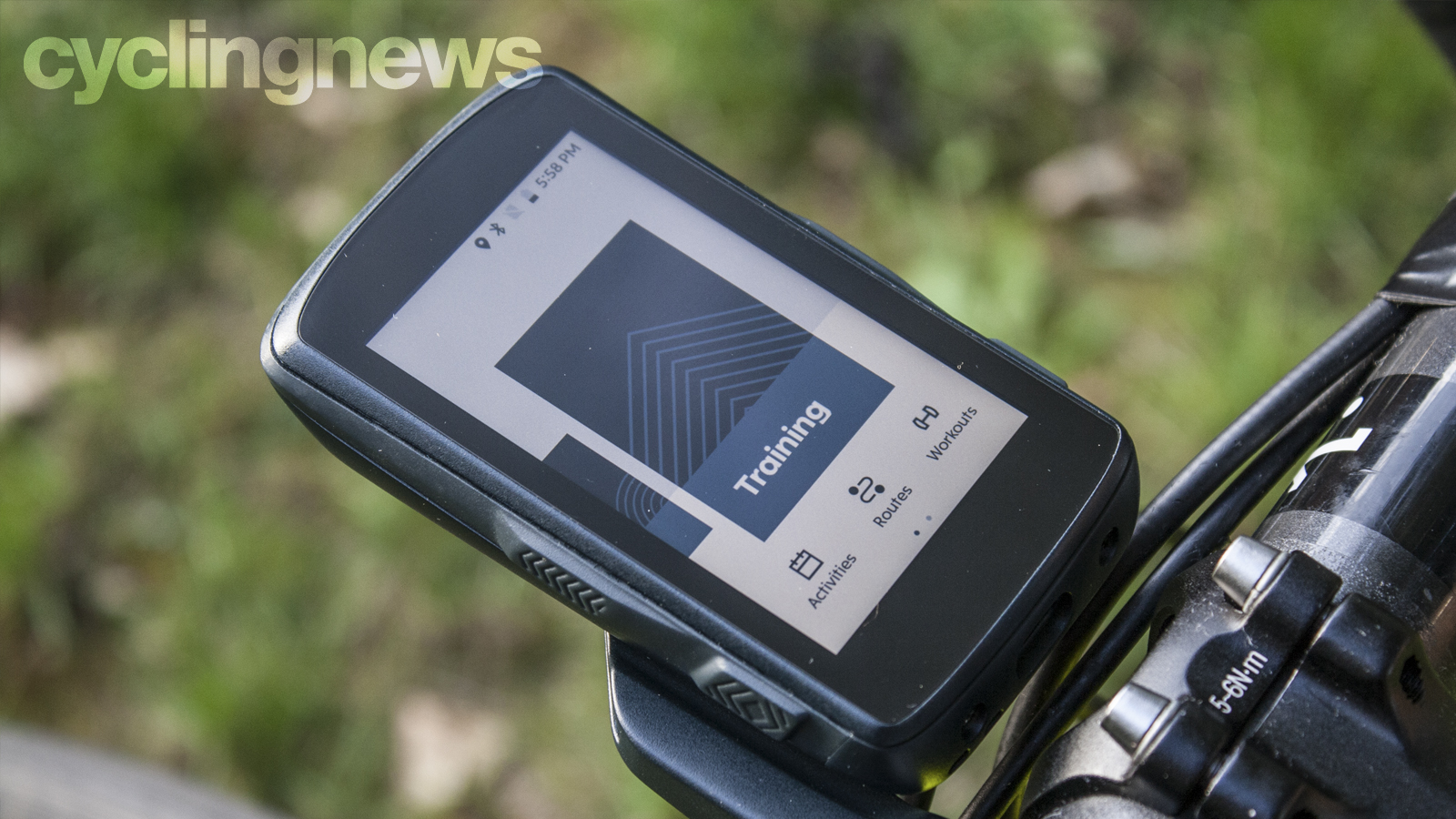
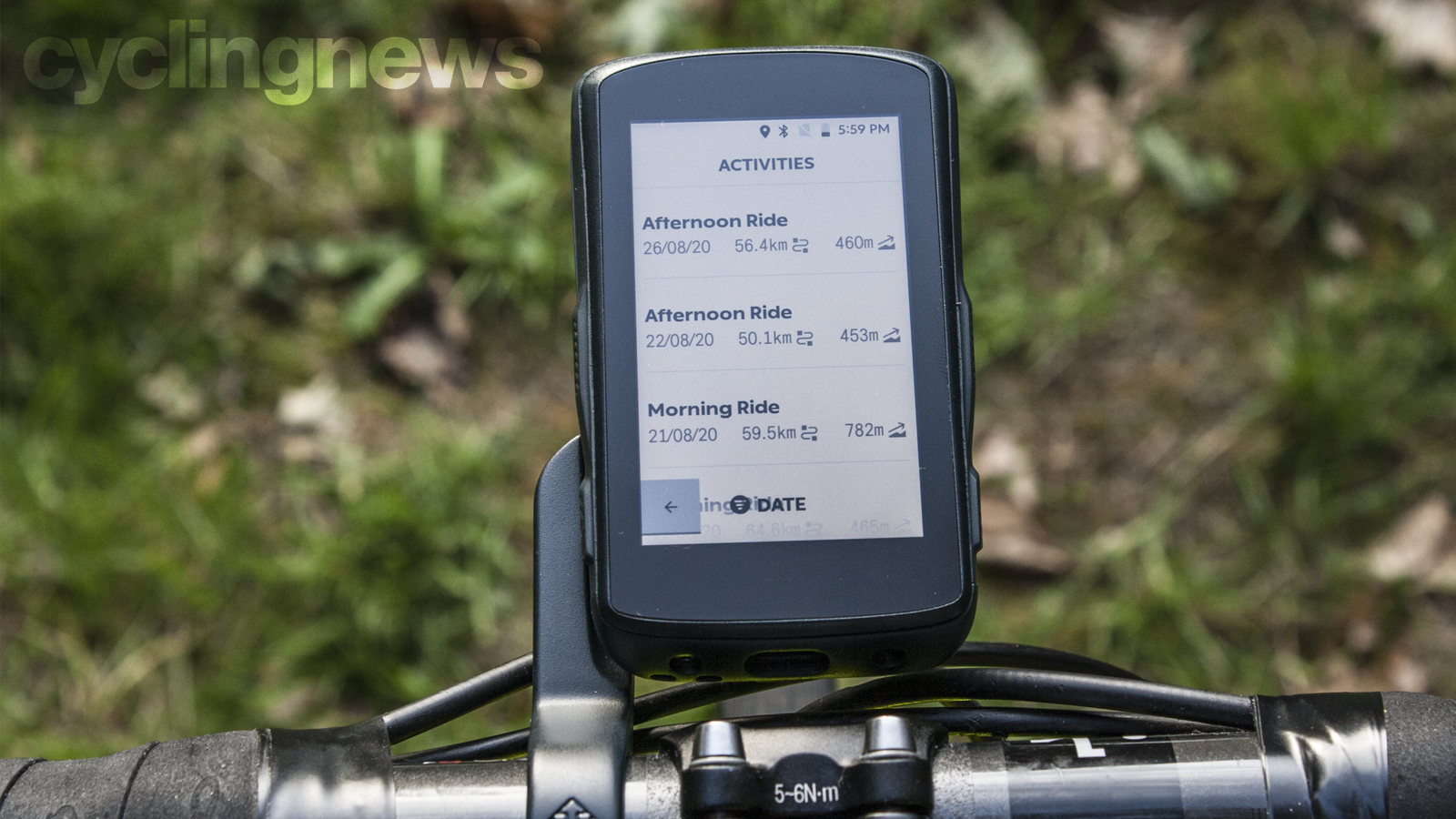
Design and aesthetics
In terms of dimensions the Karoo 2 is 40 per cent smaller and 33 per cent lighter than before, and tips the scales at 135g (actual weight). In fact, according to Hammerhead founder and CEO, Piet Morgan, the new model is more in line with what the company originally envisaged for Karoo 1.
The limiting factor with Karoo 1 came in the form of the battery, power requirements and internal titanium skeleton. These attributes made it exceptionally difficult to produce on a smaller scale but, with version 2, the engineers and designers were able to radically reduce the unit's dimensions without sacrificing much of the screen real estate.
In fact, in terms of height, the screen remains on par with the Karoo 1, the only significant difference being that it's a touch narrower which does nothing to limit the user experience.
Like its forebear, the Karoo 2 is built around a high-definition touchscreen. The 3.2in/82mm display is finished in a responsive, scratch-resistant DragonTrail glass for improved resilience and user experience - even in wet weather.
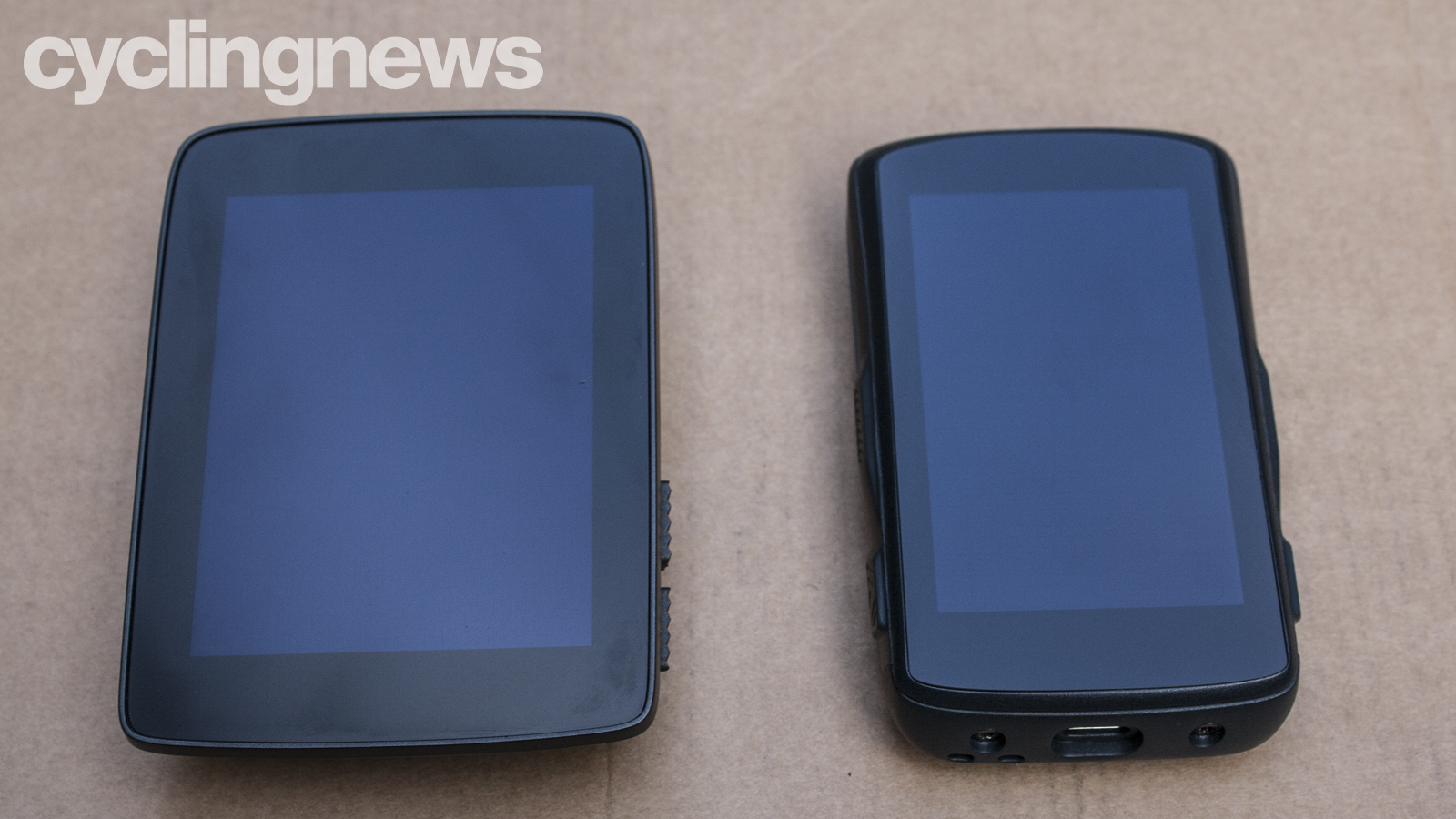
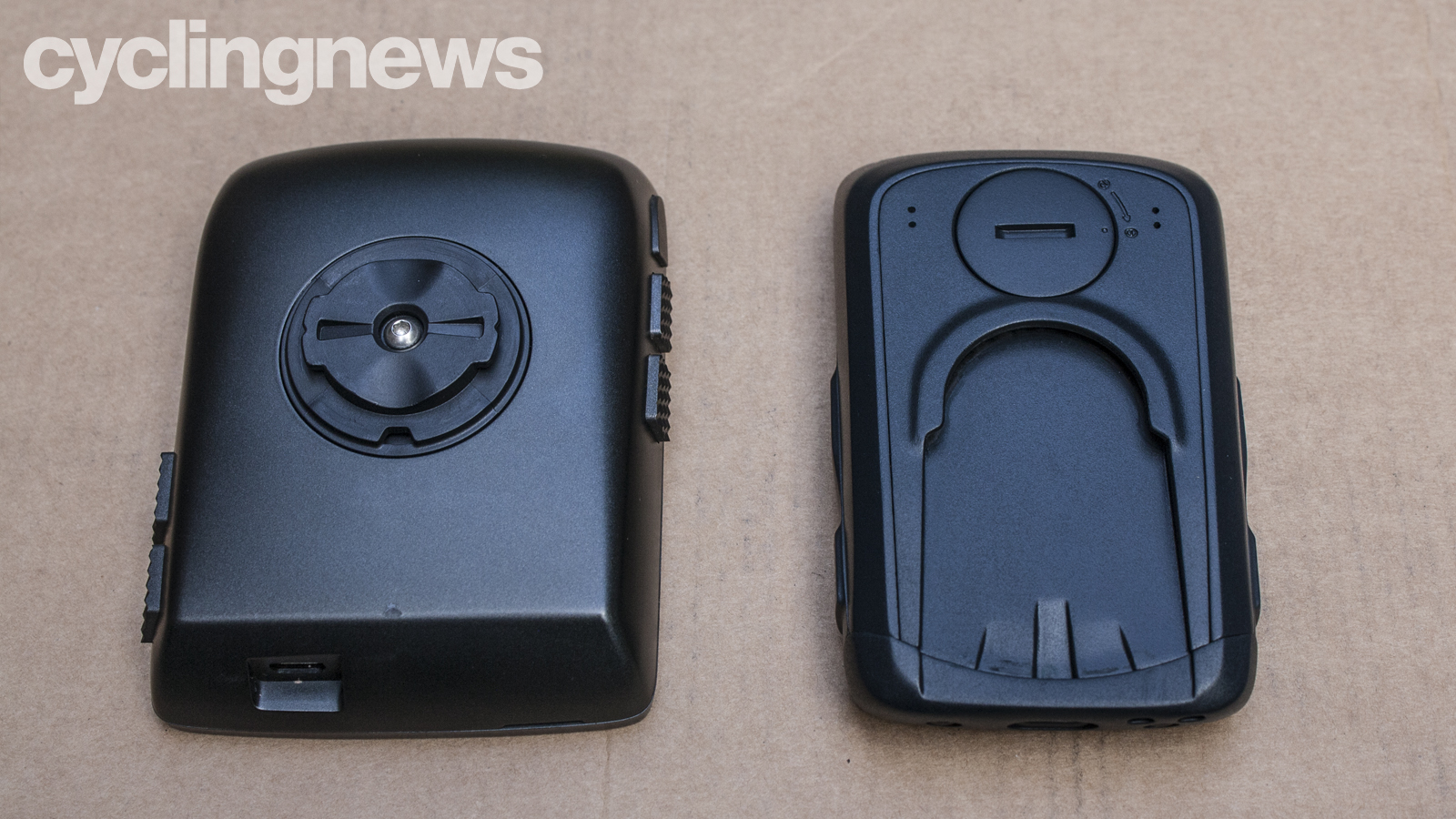
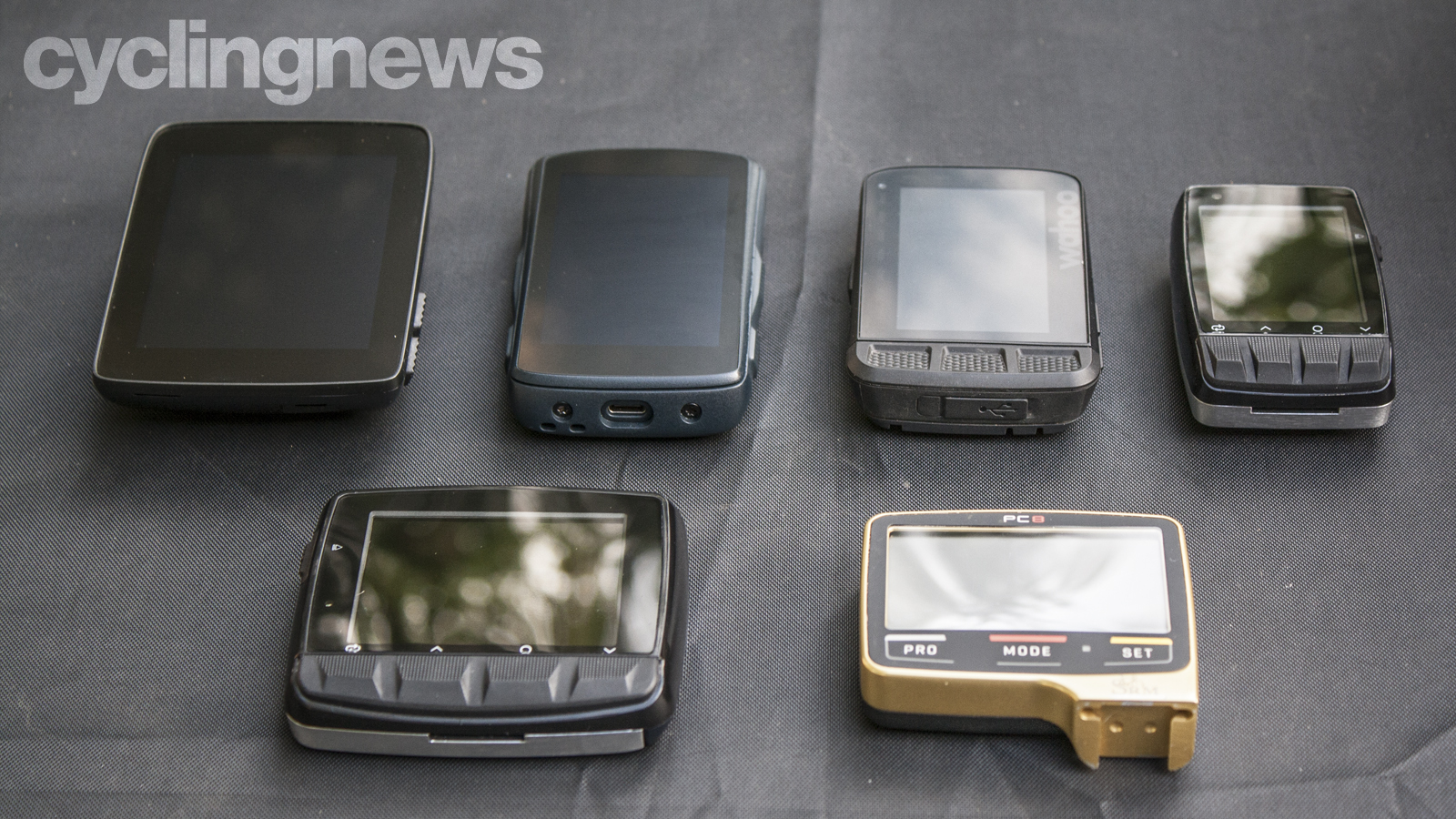
Specifications
Hammerhead's modus operandi with Karoo 2 was to neatly shoehorn the highest performing components into the smallest possible package to help bring it more in line with its rivals from Garmin and Wahoo.
This presented a unique set of challenges because the Karoo 2's quad-core, smartphone-grade Qualcomm processor, a high-definition screen and a cellular radio require a bigger power source and increased antenna space but the design was able to keep things rather diminutive.
The device itself represents a radical evolution over its predecessor but the core ethos and functionality remain the same. While the Karoo 2 uses a touchscreen, four buttons (two on each side) give the user control over the majority of the device's features when it's raining or navigating trickier terrain where touchscreen operation might not be possible. These buttons together with the outer edge of the entire unit are covered in an elastomer-based material for added grip and protection against impacts. It's the screen, however, that has made a lasting impression on us.
It's the closest to a smartphone in how it functions, how quickly it responds, and how accurate each touch can be. It's not quite at the level of my iPhone, but it's certainly a step above the rest of the best cycling computers in this regard.
In terms of hardware specifications, the Karoo 2 is built around connectivity - and Hammerhead has waxed lyrical about its smartphone integration and push-notification functionality. It features a brace of Bluetooth, low-energy chipsets that connect to ANT+, WiFi, Smartphone and, of course, GPS, 3G and 4G which lets it talk to any device - iOS or Android - and operate in any situation. Flip the device over, unclip the circular cover and you'll be able to slide in a SIM card - allowing you to navigate anywhere, receive notifications and upload your activities without reliance on WiFi.
The Karoo 2 also benefits from a USB-C charging slot for faster charging - 30 per cent in 30 minutes and 50 per cent in an hour. But this is where our only real complaint lies with the Hammerhead Karoo 2, its battery life simply isn't as good as the competition. Hammerhead pegs it at around 12 hours, but we've been getting an average of around nine. This is fine for most rides, but if ever you're planning an epic or an overnighter, you'll have to either take a powerbank along for the ride, or find an alternative. For comparison, Wahoo's diminutive Elemnt Bolt lasts 15 hours while the larger Elemnt Roam can push 17. Garmin claims 20 hours for its Edge 830, and 45 hours (and more) from its Edge 1040 Solar.
Another key focus came in developing a Karoo-specific mounting system. In this case, a unique, dual-lock mechanism which ensures the unit remains planted and balanced during operation. According to Hammerhead the Garmin-developed 'quarter-turn' paradigm is better suited to smaller/lighter units and isn't conducive for the modern cycling computer. Hammerhead's new linear-lock design has a larger contact area that provides more support for the device and is also compatible with time trial/tri cockpits. Those who prefer the now-universal quarter-turn mount or have Garmin-style brackets set up across myriad bikes can just slide in an adaptor plate (the adaptor plate is available as a pre-order option only). We prefer this option.
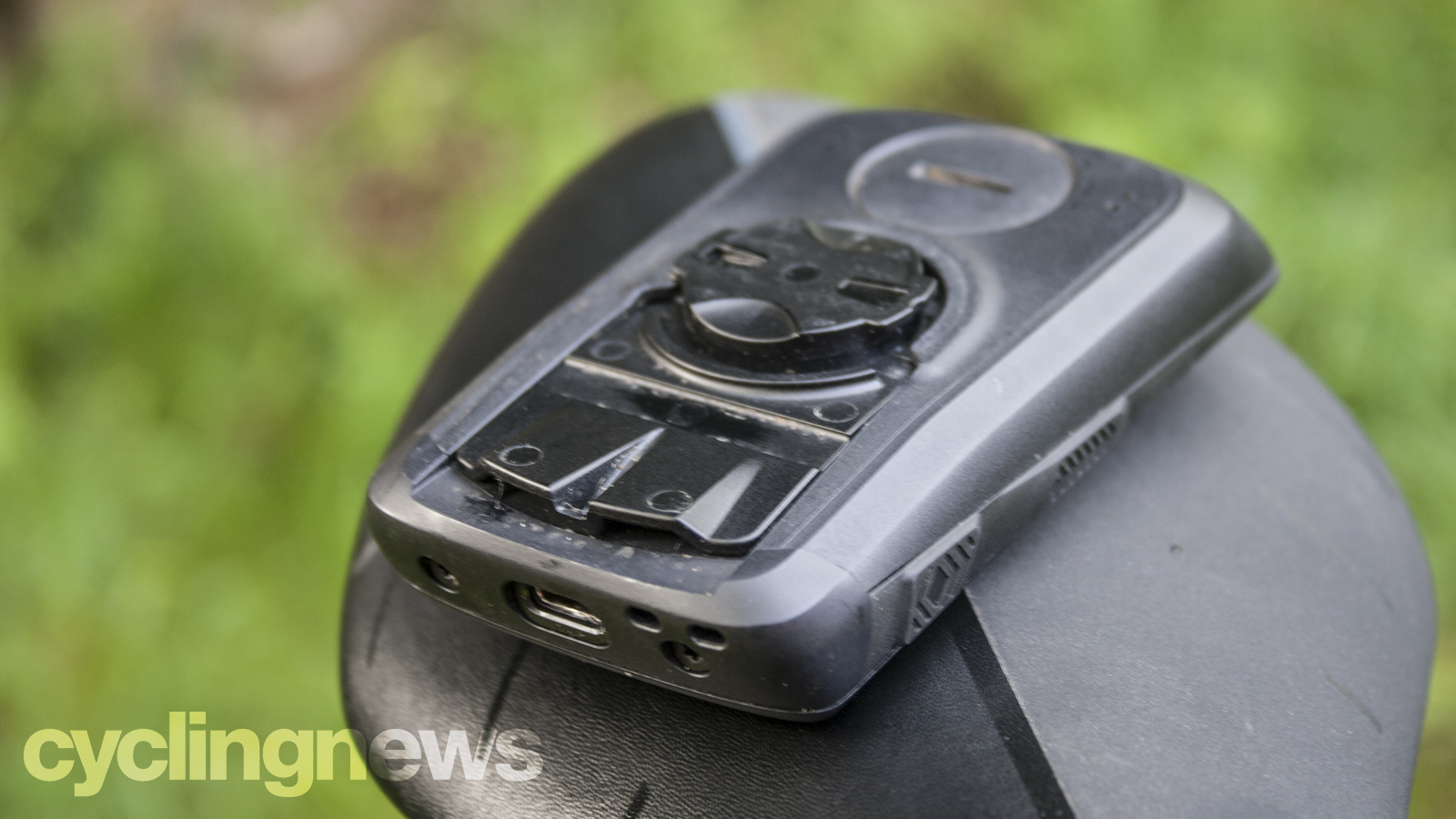
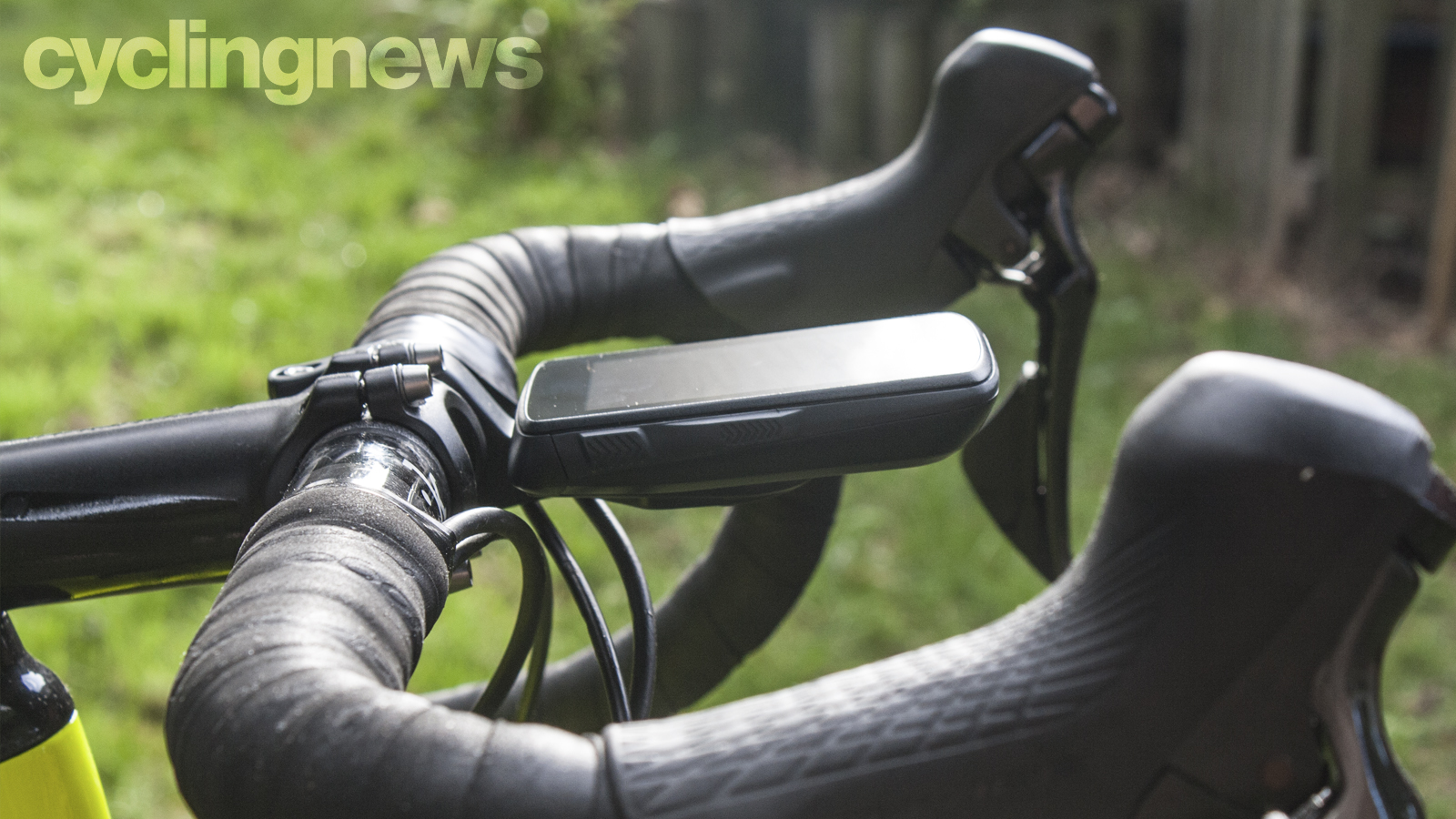
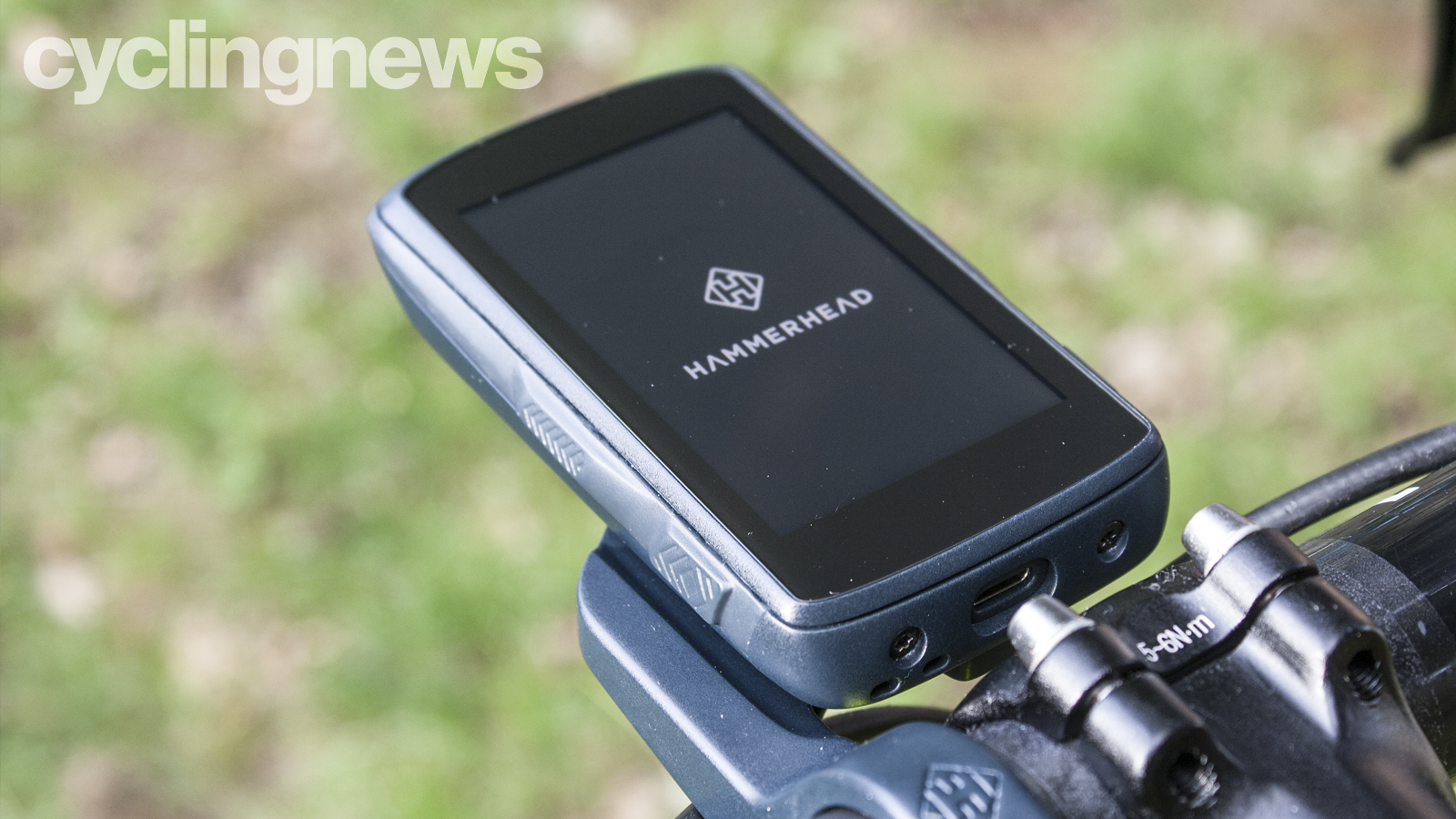
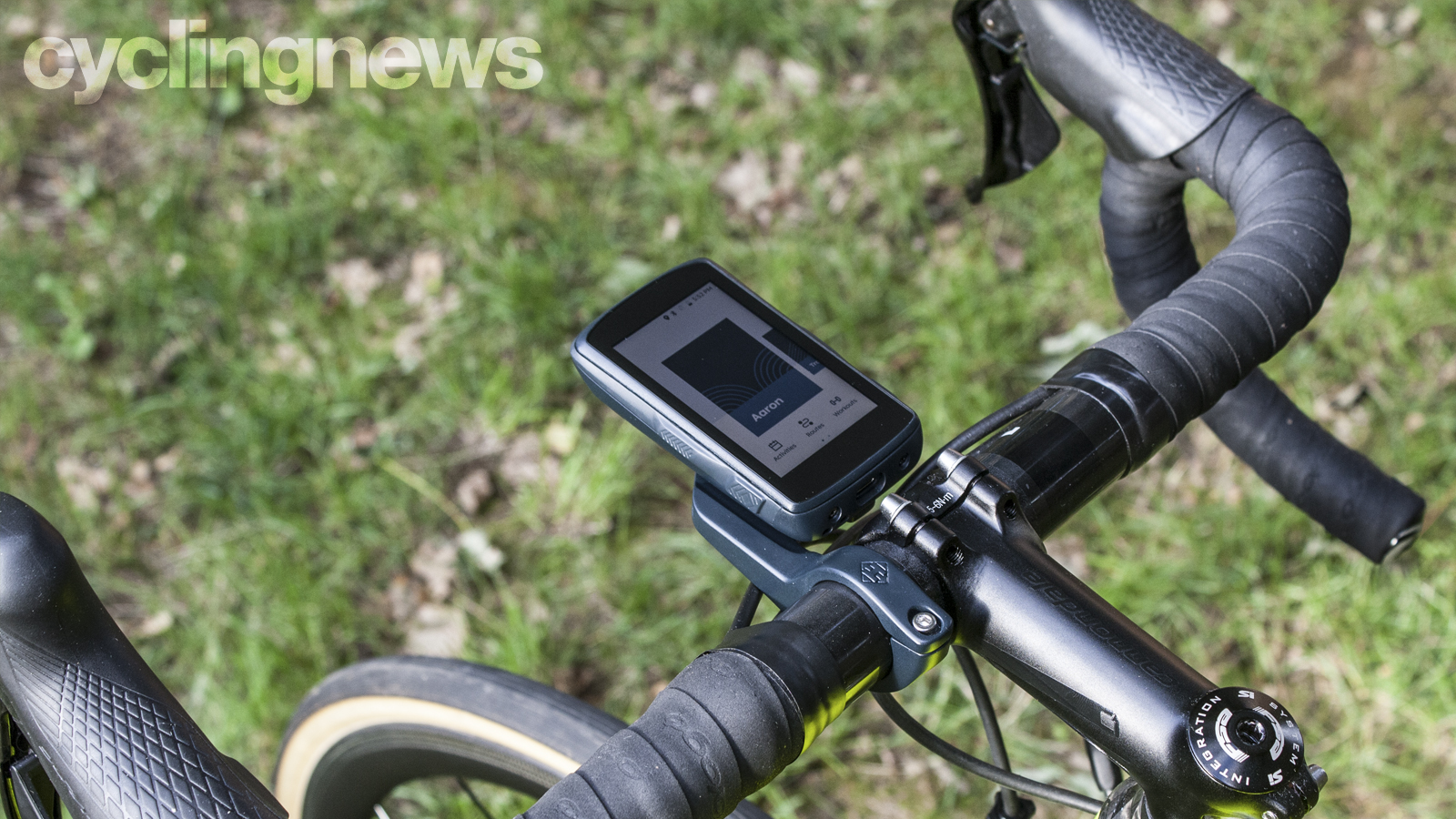
User experience
Like Karoo 1 it runs on a fully customised Android operating system - Android 8 to be exact. The software is identical across both the Karoo 1 and Karoo 2. Of course, you'll need to create an account but this gives you access to further customisation and route-building options, viewing your activities as well as updating your profile. As expected, it's also fully compatible with third-party apps such as Strava or Training Peaks.
The Hammerhead Karoo 2 is simple to operate. I'd even go as far as to argue it's more intuitive than that of its rivals, Garmin and Wahoo included. The processing speeds make it super responsive with minimal delays - granted you continually install the updates. As an individual who prefers using a cycling computer to track performance metrics, I was mighty impressed with the device's navigational proficiency. In terms of navigation, it offers unrivalled levels of accuracy, directional prompting and mapping detail.
The more I've been using it as a navigational tool the further I've been venturing into unchartered territory. Most of these rides have been done by following courses - either those of friends or routes I've personally created using the Hammerhead dashboard route builder function. It's all very straightforward. Navigational prompting is superb and the audio alerts ensure you will never miss a turn again. It's also worth noting that you needn't be on the map screen itself to receive turn-by-turn navigation - the directions will show up on any screen.
The bulk of my testing comprised regular GPS tracking, which also took into account sensor compatibility and checking whether or not it drops or loses signal. It doesn't - in fact, it does a pretty stellar job when it comes to displaying and tracking various performance metrics, made all the better by using Strava Live Segments to help track improvements on your local segments.
Any areas of concern? Well, for the most part, the Karoo 2 has been performing flawlessly. Being the outsider to the cycling computer market, it's usually the last to adopt new sensor and app compatibility. It's still not able to pull outside workouts from TrainerRoad, for example, and can't connect to my Core or Supersapiens sensors.
I had some early concerns around the exposed charger port on the bottom of the device and the possibility of dirt, rainwater or moisture creeping in and damaging its innards but have had no issues there so far. The only weather-related issue I've experienced pertains to the screen. Its surface is hydrophobic and works brilliantly, but when it comes to violent downpours you'll need to operate it using the buttons.
Verdict
The Hammerhead Karoo 2 is unquestionably more in line with the contemporary cycling computer formula than its forebear - it's smaller, slimmer and lighter but it's also super fast when it comes to processing speeds, mapping, and route guidance.
Hammerhead is pitting it directly against the segment's top players and, quite frankly, it possesses all the attributes to challenge for top honours, with its improved aesthetics, palatable dimensions and killer touchscreen.
It's not the cheapest option around, but it's also far from the most expensive, and I believe it will find favour with a whole new customer base wanting something new and different. Besides, the company's acquisition by SRAM and involvement with Israel Start-Up Nation is likely to broaden its appeal even further.
Personally, the Hammerhead Karoo 2 has become my go-to device when it comes to performance metric tracking and navigational capabilities - it's also incredibly reliable, and hasn't crashed or frozen on me at all. If you can put up with a battery that will dwindle at twice the rate of most of the competition, then this is certainly one of the best cycling computers available today. If not, I'd suggest looking to the Garmin Edge 830 or trying to find a discounted Edge 1030 Plus.
Tech Specs: Hammerhead Karoo 2 cycling computer
- Price: (Starting from) US$399 / £359 / €399
- Connectivity: ANT+, Bluetooth, WiFi, cellular
- Operating system: Android
- Water-resistant: IPX7
- Dimensions: 100.6 x 60.8 x 19.3mm
- Weight: 123g claimed, 135g actual
- Storage: 32GB
- Navigation: OpenStreet Map
- Claimed battery life: 12-hours
- Colour touchscreen: Yes
- Screen size: 3.2in / 82mm diagonal
Aaron was the Tech Editor Cyclingnews between July 2019 and June 2022. He was born and raised in South Africa, where he completed his BA honours at the University of Cape Town before embarking on a career in journalism. Throughout this career, Aaron has spent almost two decades writing about bikes, cars, and anything else with wheels. Prior to joining the Cyclingnews team, his experience spanned a stint as Gear & Digital editor of Bicycling magazine, as well as a time at TopCar as Associate Editor.
Now based in the UK's Surrey Hills, Aaron's life revolves around bikes. He's a competitive racer, Stravaholic, and Zwift enthusiast. He’s twice ridden the Cape Epic, completed the Haute Route Alps, and represented South Africa in the 2022 Zwift eSports World Championships.
Height: 175cm
Weight: 61.5kg
Rides: Cannondale SuperSlice Disc Di2 TT, Cannondale Supersix Evo Dura-Ace Rim, Cannondale Supersix Evo Ultegra Di2 Disc, Trek Procaliber 9.9 MTB
